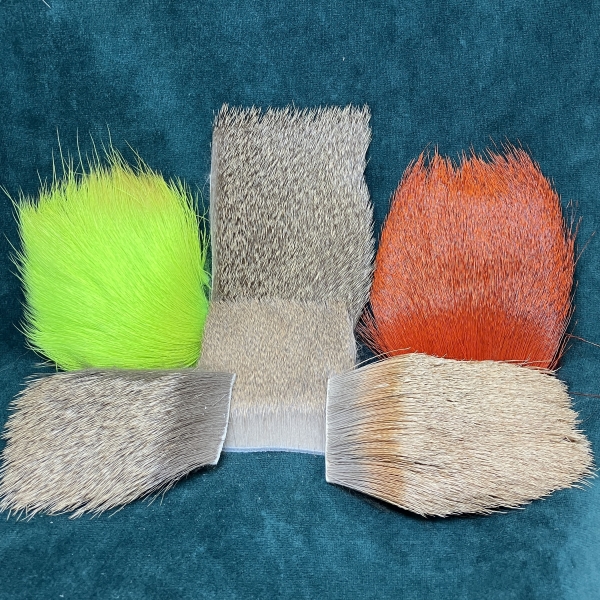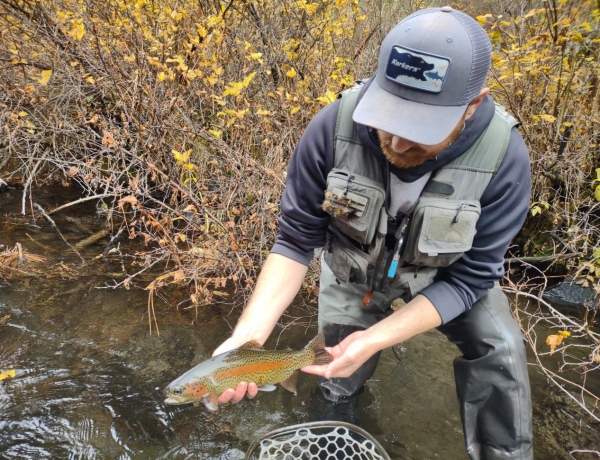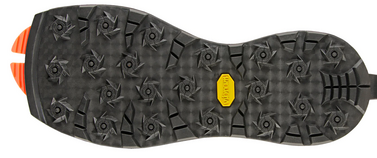July is when the fish are really settling in to their summer routines, and you can mostly expect more consistent fishing than in the previous months. To start things off, the Metolius will have perhaps a few good days of green drakes and as usual cloudier days are better. The fish now see PMDs and PEDs in all stages every day, and those along with various caddis species will be the staples for redband on the Met. Midges are also around in some capacity every day of the year out there. Terrestrials are sort of around all summer, especially on the upper river, so fishing the smaller water with a little beetle or ant or even hopper can be fun. Golden stones will be moving throughout the river, but the adults will be mostly on the upper, getting more numerous on the lower river later in the month. Some of the bull trout will begin their migration out of the reservoir, and that can be an opportune time to get aggressive fish in the lower river before the hordes descend on them later in the year. You may see none one day, and 20 the next day in the same spot. If you really want to have one of those double digit bull trout days that you hear of but don't believe, persistence is key. The Crooked is finally back and fishing okay, but the bug life seems to be a bit diminished from the low and cold flows last winter. Still, it's nice to have that river back and productive for everyone. PMDs and PEDs are staples in both the nymph and adults, as are caddis and midges. As usual on the Crooked and most other tailwaters, smaller and subsurface is the way to go. If you're trying to learn euro nymphing, this is a great river to do it on because of the amount of riffle water that lends itself to understanding how to get a good drift without seeing your flies, and the density of fish will keep you entertained. The middle Deschutes slips comfortably into the same PMD/PED daily routine, and the lower D has excellent caddis hatches. If you can motivate yourself, getting up for first light and/or staying til last light will give you more dry fly opportunities. The upper D takes on a few different identities with the section below Wickiup having various mayflies and a few caddis and terrestrials along with sparse summer shortwing stoneflies that are about the size of goldens. Streamers also can work well in that section, and if you're floating it, they are a good way to cover lots of water. Above Crane it's more of a bugger and euro jig situation, with some terrestrials as well. The Fall River has caddis, PMDs, PEDs, midges, and terrestrials, in addition to a few slow moving damselfly areas. Remember, if you're on the Fall, every fly works at least once. If the fish are ignoring the actual hatch or are freshly stocked and not totally attuned to the natural bug life, weird flies that don't actually imitate any food source on the Fall such as kokanee kandy, mop flies, eggs, and buggers/streamers can pick up some fish in the meantime. The John Day will be in full bass mode, and all bass tactics work out on that river. Poppers, streamers, jigs, and whatever else you can think of can catch fish out there.
Lakes will be into the callibaetis hatch full swing and all stages of that hatch will be important at various times of day. Lakes with more shoal areas/weed lines will have more callibaetis (and damsels) than deeper ones. Dry damsel fishing can be incredibly fun or incredibly frustrating, but if you hit it right you won't forget it. Watching trout track a damsel in the air and eat it mid-jump is an incredible thing to see in person. As always, buggers, leeches, and chironomids in all different sizes and colors are useful in any stillwater environment. Some lakes with lots of reeds, like Hosmer Lake, can have hatches of caddis in the evening that rival the lower Deschutes caddis hatches in intensity and excitement. Terrestrials such as ants, beetles, and bees can all play a part in the surface action. A chubby chernobyl as an "indicator" to a smaller dry or emerger can be an effective setup. Bass on poppers in the early and late low light times of day can be a hoot. Davis, Pine Nursery pond, Crane, Prineville, Wickiup, and Billy Chinook all have either largemouth or smallmouth bass or both. Haystack used to, but we have not heard one way or another if the warmwater fish are still in there or if ODFW is going to restock them.


